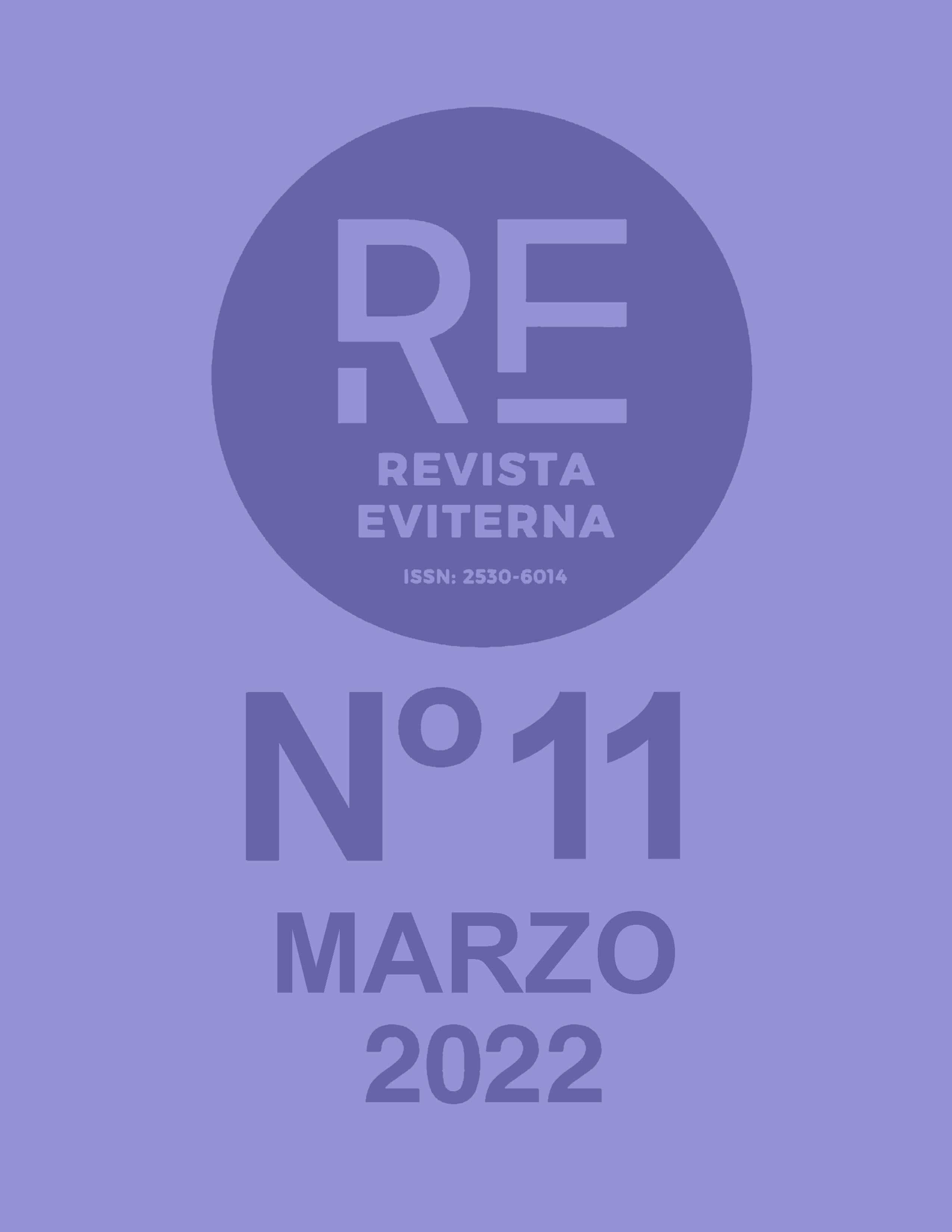Tittle sequences as short short stories: vikings and fractals
DOI:
https://doi.org/10.24310/Eviternare.vi11.14072Keywords:
Cinema, Short short film, serie, title sequence, VikingsAbstract
The aim of this paper is to propose an approach to title sequence or opening sequence as short audiovisual stories based on the concept of fractal. The consideration of the narrative dimension of the title sequences and their study as narrative pieces themshelves comes from the theoretical and methodological advances that have taken place in the field of the short short stories in the last years, due to the fact that their compositional coordinates and reception processes are also recognizable in the audiovisual mini-fiction. Beyond its artistic approach, these paratexts can be considered a short short story that are projected in a large narration. The relationship between both discourses becomes dialogical thanks to the decoding strategies that the viewer deploys during the reception. In some cases, these strategies are determined by the relationship of the filmic narrative discourse and a historical episode that influences reception in phenomenological terms. To show this hypothesis, firstly, it will be delimited what is an audiovisual short short story, what are their characteristics and how it works in relation with the principal narration. Secondly, it will be approached the comparative analysis of the title sequences of The vikings (Richard Fleischer, 1958) and Vikings (Michael Hirst, 2013) because both are examples of short short stories that announce and enunciate a wider filmic universe with historical theme and fictional form.
Downloads
Metrics
Publication Facts
Reviewer profiles N/A
Author statements
Indexed in
-
—
- Academic society
- N/A
- Publisher
- Universidad de Málaga
References
Aguilar, G. (26 de julio de 2020). Vikingos: Esta es la canción y el significado en el inicio de la serie. ¡Un profundo significado Vikingo! Vader. https://vader.news/series/Vikingos-Esta-es-la-cancion-y-el-significado-en-el-inicio-de-la-serie-Un-profundo-significado-Vikingo-20200726-0012.html. Consultada el 22 de diciembre de 2021.
Bodarenko Pisemskaya, N. (2007). El lenguaje y la teoría del caos. Opción año 23, 53, 38-51.
Bordwell, D., Staiger, J. y Thompsom, K. (1997). El cine clásico de Hollywood, Barcelona: Paidós.
Cascajosa, C. (2006). Pequeña/Gran pantalla: La relación entre el cine y la televisión en los Estados Unidos. Revista Historia y Comunicación Social 11, 21-44.
Dornateleche Ruiz, J. (2007). Definición y naturaleza del tráiler cinematográfico. Pensar la Publicidad. Revista Internacional de Investigaciones Publicitarias 1, 2, 99-116. Recuperado de: https://revistas.ucm.es/index.php/PEPU/article/view/PEPU0707220099A/15662. Consultada el 3 de enero de 2022
Greimas, A. J y Courtés, J. (1982). Semiótica. Diccionario razonado de la teoría del lenguaje. Madrid: Gredos.
Guarinos, V. (2009). Microrrelatos y microformas: la narración audiovisual mínima. Admira: Análisis de Medios, Imágenes y Relatos Audiovisuales 1, 33-53.
Ette, O. (2009). Del macrocosmos al microrrelato. Literatura y creación, nuevas perspectivas transareales. Ciudad de Guatemala: F&G Editores.
--- (2015). Nanofilología y teoría literaria. En ETTE, Ottmar, INGENSCHAY, Dieter, SCHMIDT-WELLE, Friedhelm y VALLS, Fernando (eds.). MicroBerlín. De minificciones y microrrelatos (pp. 51-84). Madrid: Iberoamericana Veuvert.
Mandelbrot, B. (1987). Los objetos fractales: forma, azar y dimensión. Barcelona: Tusquets.
--- (1997). La geometría fractal de la naturaleza. Barcelona: Tusquets.
McKenna. R. “The Making of History Channel’s Vikings Title Sequence”, Filmsupply. Recuperado de: https://blog.filmsupply.com/articles/the-making-of-history-channels-vikings-title-sequence/3/. Consultada el 22 de diciembre de 2021.
Pérez, J. P. y Jódar, J. A. (2018). Análisis de la edición, la postproducción y el diseño gráfico en el opening de la serie Narcos (Netflix): propuesta de microanálisis fílmico para una secuencia de apertura para televisión”. index.comunicación 8 (1), 31-55.
Robles, A. (2020). Proyectando la historia: un recorrido por la cinematografía vikinga. Scandia. Journal of Medieval Norse Studies 3, 548-561.
Solana, G. y Boneu A. (2007). Uncredited. Diseño gráfico y títulos de crédito. Barcelona: Index Book.
Zavala, L. (2008). La minificción audiovisual: hacia un nuevo paradigma en los estudios de la minificción. En ANDRES-SUAREZ, Irene y RIVAS, Antonio (coords.). La era de la brevedad. El microrrelato hispánico (pp. 207-229). Palencia: Menoscuarto.
--- (2011). Los créditos cinematográficos como minificción. Inventio, la génesis de la cultura universitaria en Morelos 14, 56-61.
--- (2020). La naturaleza genérica de la minificción. En ETTE, Ottmar y SÁNCHEZ, Yvette (editores). Nanofilología y microformatos en las letras y culturas hispánicas contemporáneas (pp. 25-35). Madrid: Iberoamericana Veuvert.
Whittock, M. y Whittock, H. (2018). Mitos y Leyendas nórdicos. Relatos vikingos sobre dioses y héroes. Madrid – Méjico – Buenos Aires – Santiago: Edaf.
Zunzunegui, S. (1994). Paisajes de la forma. Madrid: Cátedra.
Downloads
Published
How to Cite
Issue
Section
License
All the contents published in Revista Eviterna are subject to the Creative Commons Reconocimento-NoComercia-Compartirigual 4.0 license, the full text of which can be found at <http://creativecommons.org/licenses/by-nc-sa/4.0>
They may be copied, used, disseminated, transmitted and publicly exposed, provided that:
The authorship and original source of your publication (Journal, editorial and URL of the work) are cited.
They are not used for commercial purposes.
The existence and specifications of this use license are mentioned.

Copyright is of two kinds: moral rights and patrimonial rights. Moral rights are perpetual, inalienable, inalienable, inalienable, inalienable and imprescriptible prerogatives.
In accordance with copyright legislation, Revista Eviterna recognizes and respects the moral rights of the authors, as well as the ownership of the economic right, which will be transferred to the University of Malaga for dissemination in open access.
The economic rights refer to the benefits obtained by the use or disclosure of the works. Revista Eviterna is published in open access and is exclusively authorized to carry out or authorize by any means the use, distribution, disclosure, reproduction, adaptation, translation or transformation of the work.
It is the responsibility of the authors to obtain the necessary permissions of the images that are subject to copyright.







12.png)



